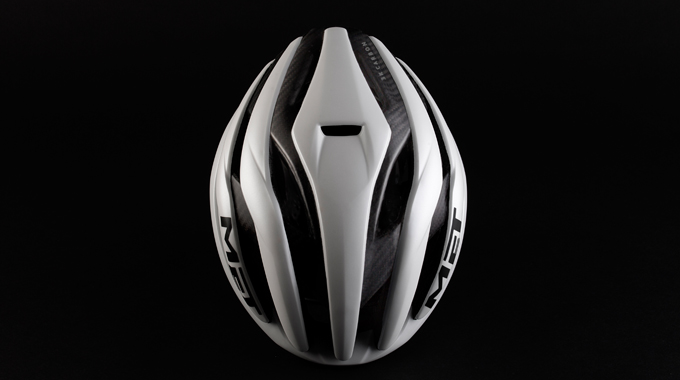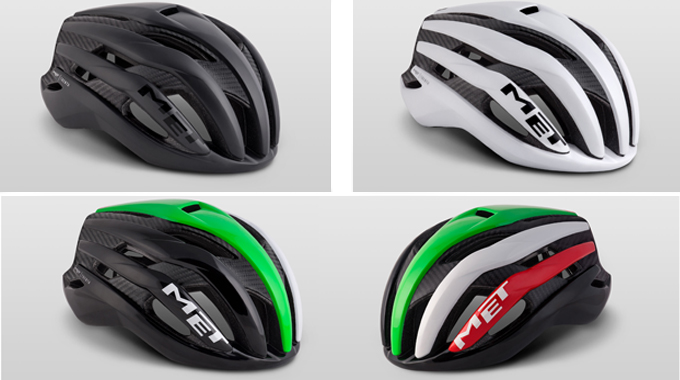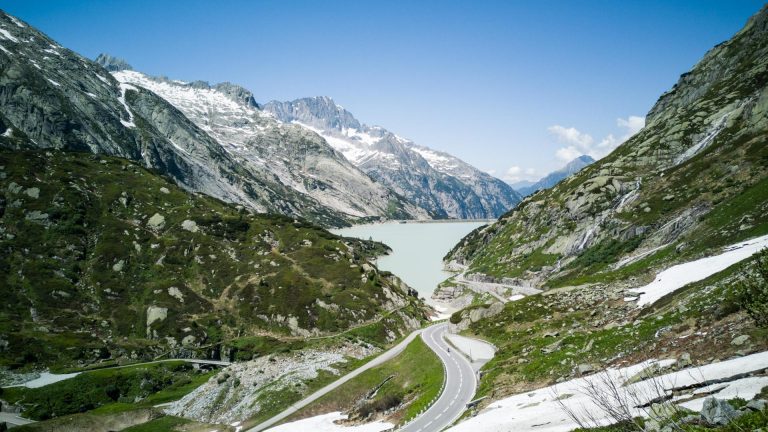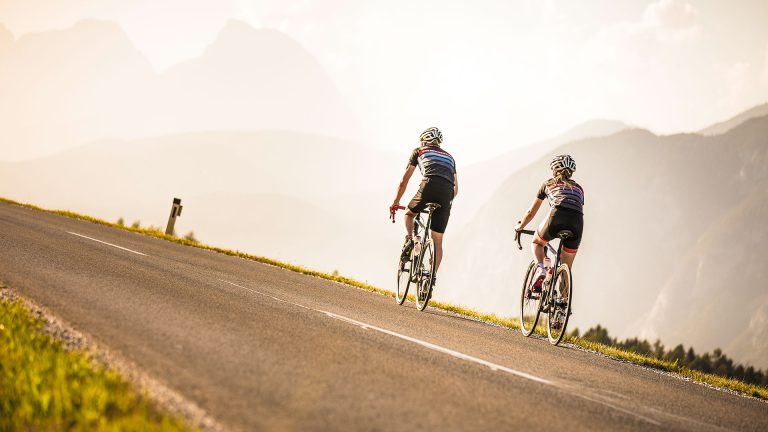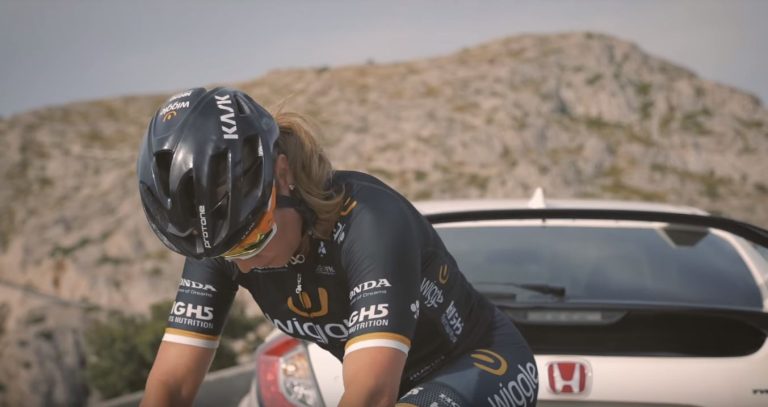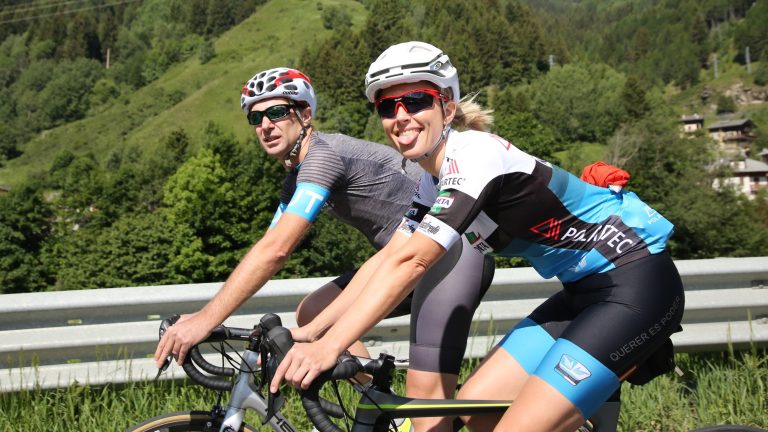Isn’t it great when a brand celebrates their birthday by creating something wonderful for everyone to enjoy? We think so and that’s exactly what MET Helmets has done. To celebrate their 30th anniversary, MET has unveiled a revolutionary new road cycling helmet, the Trenta.
Inspired by Drops, MET shift focus to women’s cycling
It’s clear that this helmet has been long in the making with careful considerations having been made to not only its look but the technology and testing that has gone into its creation. So what’s so special about the new Trenta?
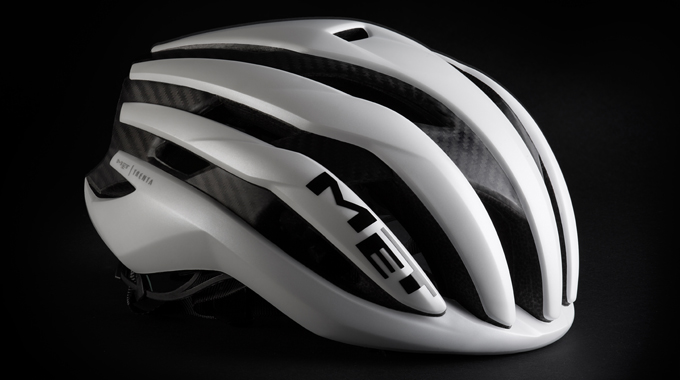
Just look at it for a moment. It oozes excellence with its glossy sheen, the ribbed structure and not to mention the quite obvious and attractive use of carbon in its construction. MET has used 3K carbon technology in the Trenta’s production which allows engineers to use less EPS foam without compromising on safety and its ability to absorb energy from an impact.
Reviewed: MET Manta road cycling helmet
- 3K carbon construction
- Weight: 215 g (size M)
- 19 vents |
- Proven drag saved: 7% at 45km/h
The parallel ‘ribs’ which run from front to back, save 20% of the weight compared to a traditional construction. The result is a helmet which out-performs rival models on the market as it sets a new standard in terms of ventilated helmets.
The new MET Trenta will be available in three sizes to accommodate head sizes from 52cm up to 62cm. There are four colours to choose from also: Black / White / GreenBlack and Italien inspired.
Unfortunately, you’re going to have to wait until December this year before you can get your hands on one so best stick it on the Christmas list, eh?
For more information, head over to the MET Trenta website here or you can check out more of the photos below…


